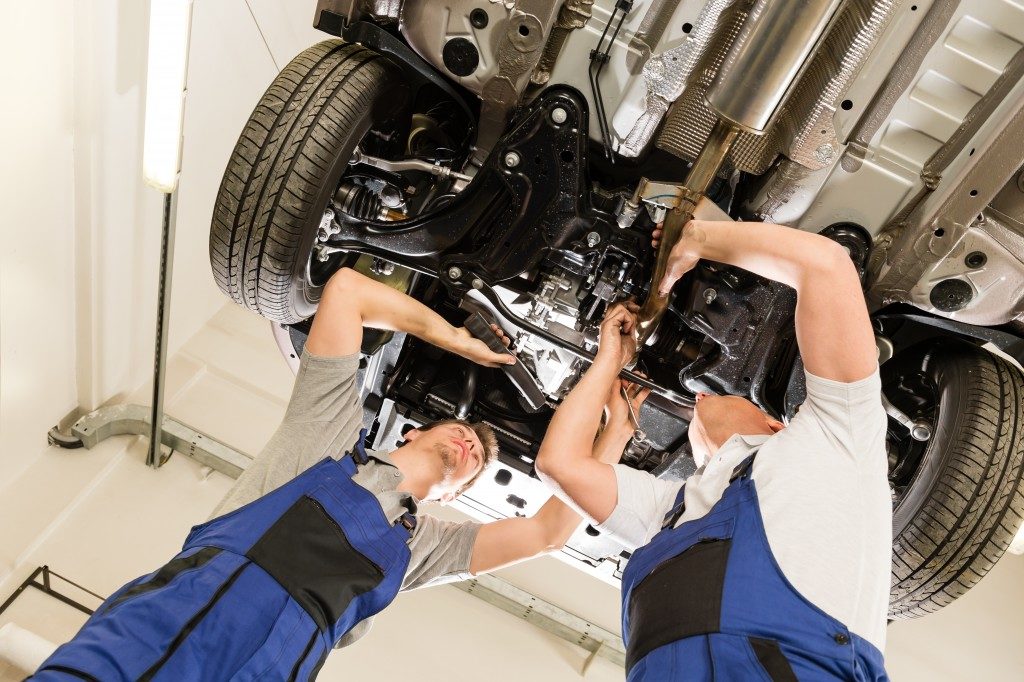The automotive industry has been growing for years. The first vehicle production line assembled over 15,000,000 Ford Model Ts from 1913 to 1927. In 2019, approximately 92 million cars were produced globally. As impressive as this sounds, the sale of vehicles has fallen over the last three years. Production is linked to demand, and sales have flattened out in the major car markets of China and the U.S.A.
Foot on the pedal?
Despite the reduced interest in passenger vehicles, research and development by the big car manufacturers, software corporations, startups and emerging companies has led to innovative trends that will keep cars, in some shape or form, on the road.
The first trend is for autonomous vehicles (AVs). Emerging companies are racing to find the first fully autonomous vehicle that is safe for public use. As well as making public transport safer, AVs will improve last-mile deliveries of goods from the depot to the home.
Car Talk
The designs and ideas from AV development help advances in technology that improve in-vehicle connectivity and the internet-of-things (IoT). Connectivity makes the tracking of data for each vehicle easier for maintenance, fleet management, safety and insurance. If connectivity collects and analyses a car’s data for individual use, IoT enables vehicles to talk to each other and key infrastructure points. With vehicles aware of each other, road safety improves, and bottlenecks and congestion are identified, and alternative routes found. The technology can also be used to pay road tolls.

The Latest Buzz
The second big trend is the move away from fossil fuels with the development of electric vehicle (EV) technology and the batteries required to store energy. Currently, all-electric cars are relatively expensive, although their sales price is dropping as they become more popular. A major problem is building the infrastructure to recharge the batteries.
The third trend is already well-established, with software enabling shared mobility, or mobility-as-a-service (MaaS) resulting in the top five ride-hailing companies Lyft, Uber, Grab, DiDi, and Go-Jek worth over $230 billion in 2018. Similar software programs enable more efficient fleet management and reduce waiting times, pollution and fuel expenses. Other areas that will influence the car industry in the future include big data and data analytics, blockchain for a secure supply chain of car parts, human-machine interface such as voice and touch-screen technology, artificial intelligence and 3D printing.
Cop IT
These trends are also finding uses in niche areas of the industry. Although the police siren and police car lights are effective in clearing traffic during an emergency, software technology is helping patrol cars identify and locate where they need to go more safely and efficiently. Advances in hardware include computers in squad cars, hands-free patrol car control, suspect ID via biometric technology and mobile data centers. ; Software includes crime mapping, the automatic license plate recognition (ALPR) system that photographs a car’s license plate and compares it to a database of suspect cars, and gunshot detection systems that help identify the location of a gunshot to enable a rapid response.
The recent downturn in the automotive industry has many reasons, some are long-term trends and others are because of short-term problems. The ability to innovate and adjust to new norms and demands means that the car will remain a vital part of the transport system for the foreseeable future. What cannot yet be foreseen is what the car of the future will look like.

